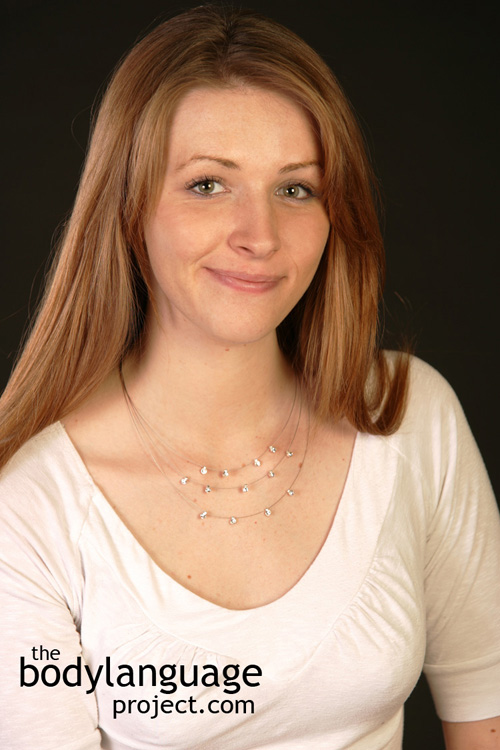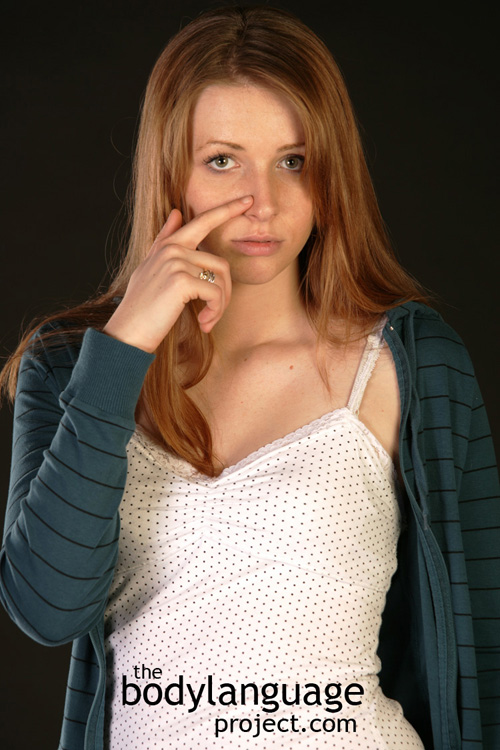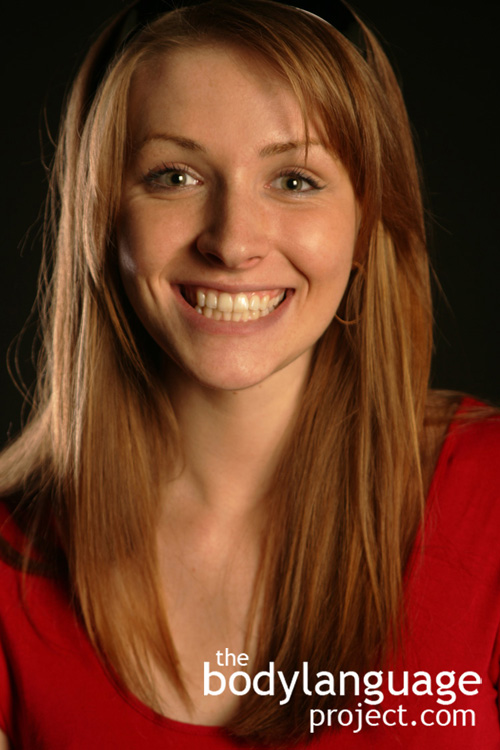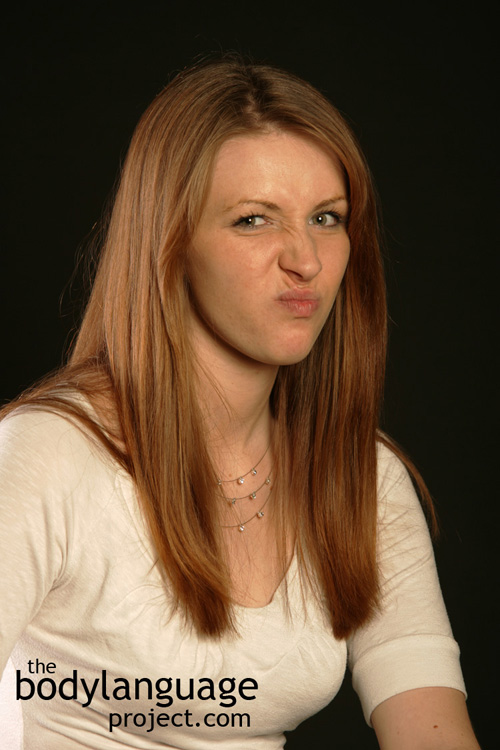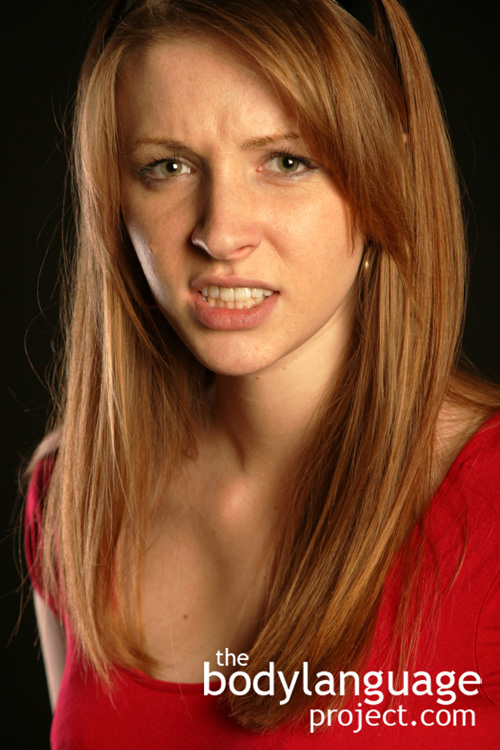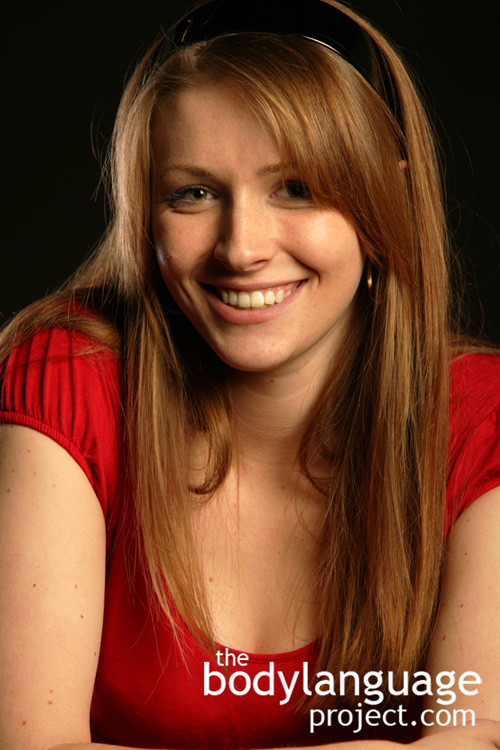
The orbicularis muscles
contract to form wrinkles in the corners of the eyes called crows feet – “smiling eyes”. When we see crows feet, we have true happiness.
Smiles are controlled by two sets of muscles which are the zygomatic major muscles, that run down the side of the face to connect to the corners of the mouth, and the orbicularis oculi muscles that pull the eyes back. The orbicularis muscles are particularly important as they are used to cause what’s called “smiling eyes”. Smiling eyes, also called “crow’s feet”, where a classic wrinkling appears in the corner of the eyes is an indication of true happiness. The zygomatic muscles, on the other hand, are consciously controlled and are the ones that normally flex when we smile for the camera. Therefore, the appearance of crow’s feet is a great way of determining genuine enjoyment. Insincere smiles appear as exposed teeth and stretched lips across the face with no wrinkles in the eyes. Crow’s feet however, can be faked with extreme smiles when the full face ends up really squished, but what separates the two is that in the real smile the corner of the eyes will turn downwards and the eyebrows will dip as well. The honest smile has also been called the “Duchenne smile”, after the French researcher Guillaume Duchenne who was first to research smiles using electrodiagnostics and electrical stimulation to distinguish between real and fake smiles.
Symmetry is also important in a real smile. Natural smilers will have more even smiles as both sides of their brain respond to pleasure. Smiles that are not genuine are more pronounced on the left side of the face since they are consciously being controlled. Interestingly uneven shoulder shrugs are also dishonest. Shoulder shrugs indicate when someone doesn’t know something, and if they are being truthful, their shoulders will come up in unison and sharply, however, if just one shoulder comes up and only slightly then they are following their statement with uncertainty. In other words, dishonesty shows through when the body language to support an emotion lacks full symmetry and follow through. Shoulder shrugs is a “gravity defying” body language, meaning it requires energy and commitment, so it should happen emphatically and completely for it to have its full honest value otherwise it is just feigned serving only to appease. When you see weak smiles or shoulders that only partially come up then you know that someone is trying to be misleading about their true thoughts and feelings.
Liars also find it difficult to smile, instead preferring a straight face, but when they do smile, it appears forced and especially strained showing their underlying stress. Smiling is a subconsciously submissive gesture and liars often worry about being caught so they feel that smiling might give them away. Therefore instead of appearing natural to the person they are lying to, they instead tense up and try to appear expressionless instead. Smiling can therefore be an effective way to come across as honest, although smiling too big, for too long or at inappropriate times will have the reverse effect.
Regardless, fake smiles are difficult to distinguish from real smiles and only experts and those reading this book will know what to look for! That’s why smiling, even if phony, can be effective in influencing other’s thoughts, emotions and opinions of you so in reality it doesn’t hurt to smile often. If you smile big, and frequently, those around you might just wonder about what sort of pleasant things are happening in your life and want some of those good things to rub off on them!

